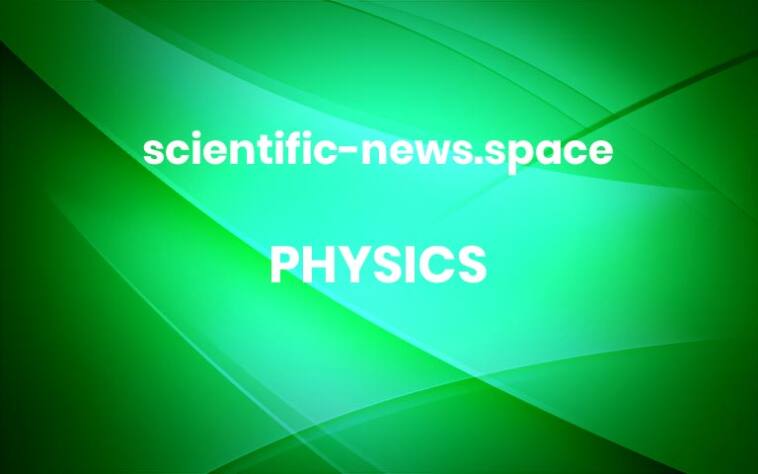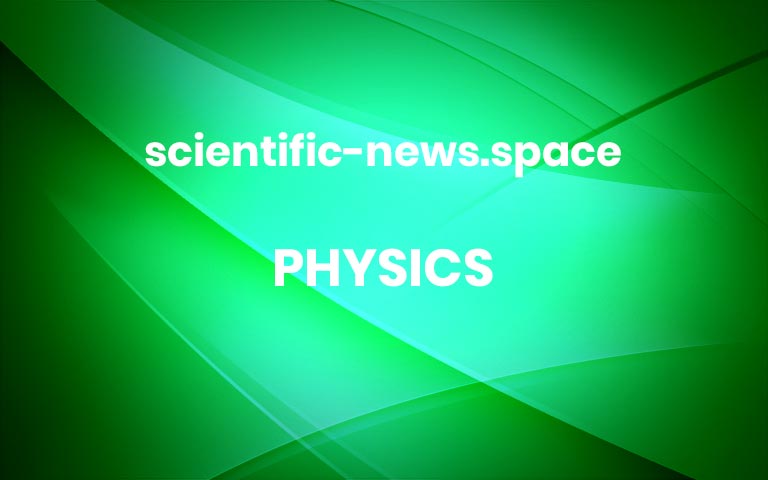For the first time, a quantum computer has improved its results by repeatedly fixing its own mistakes midcalculation with a technique called quantum error correction.
Scientists have long known that quantum computers need error correction to meet their potential to solve problems that stump standard, “classical” computers (SN: 6/22/20). Quantum computers calculate with quantum bits, or qubits, which are subject to quantum physics but suffer from jitters that result in mistakes.
In quantum error correction, multiple faulty qubits are combined to make reliable qubits, called logical qubits, which are then used to perform the calculation. Previous efforts found that error correction made calculations worse, rather than better, or detected errors but didn’t actually fix them (SN: 10/4/21). More



